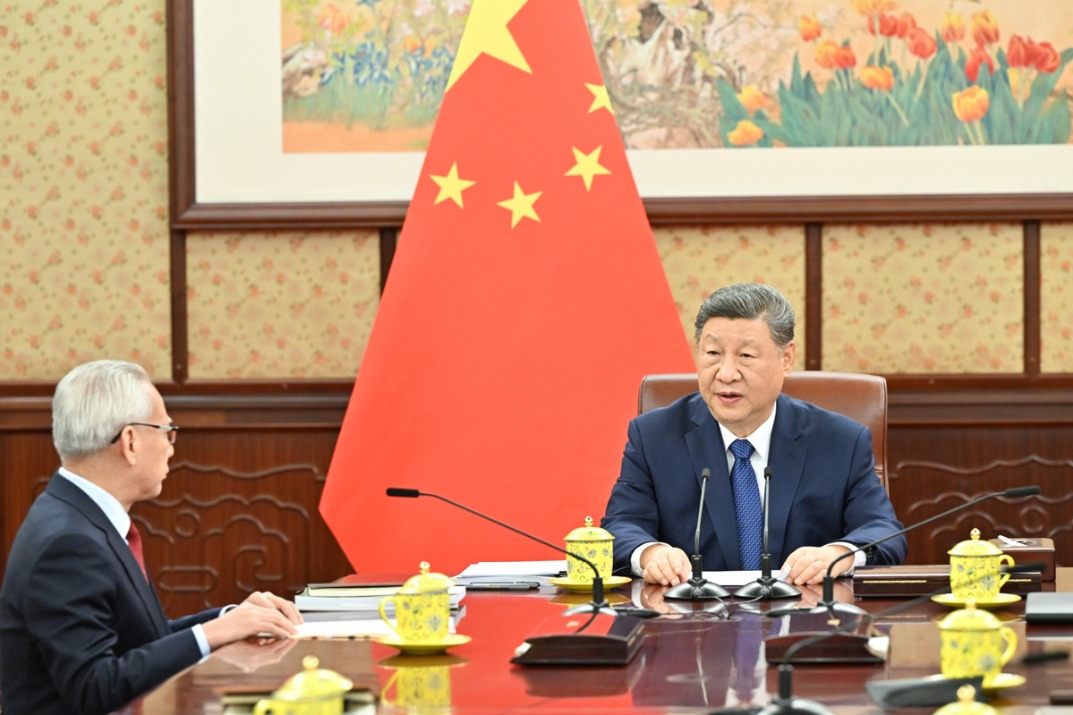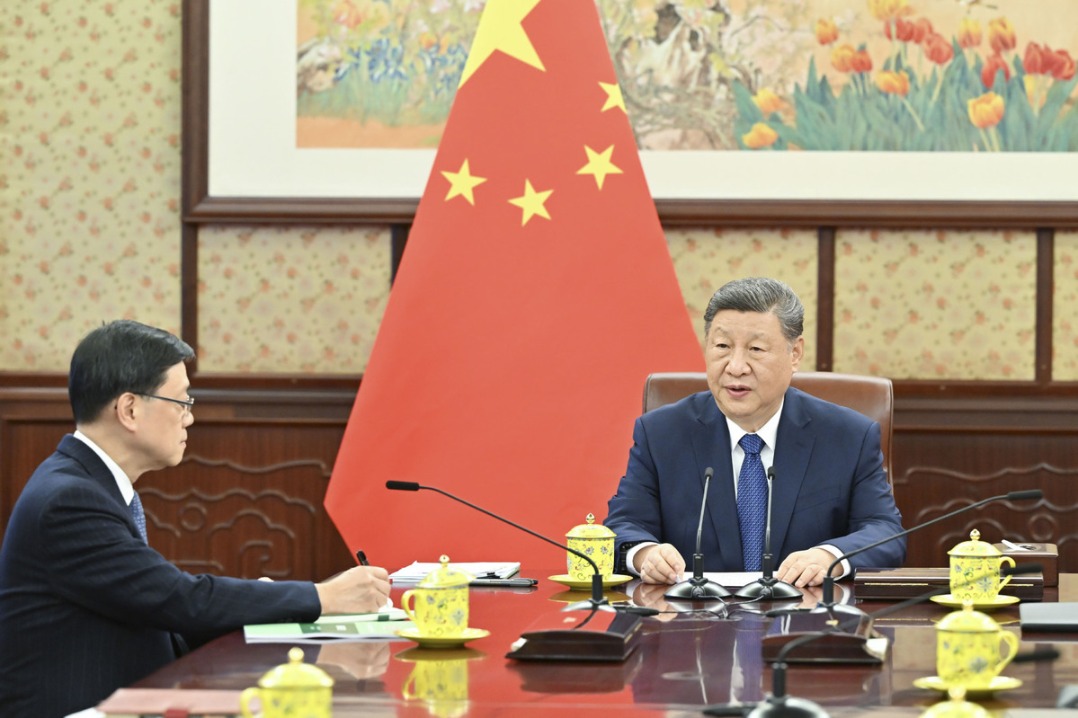Survey highlights progress in rebalancing

If you believe the words of the US president, China's economy is suffering unendurable pain, thanks to the excessive tariffs his administration has placed on Chinese imports.
But while China has felt the blows of the US trade attack, it is the country's bid to transform its development mode that has put the brake on its previously excessively rapid growth. And that is short-term pain for long-term gain, since it is aimed at guaranteeing sustainable, higher quality growth.
Injecting a fresh dose of confidence in China's economic well-being, the National Bureau of Statistics on Wednesday released the results of the latest national economic survey, which show that China's rebalancing toward a consumption and services-driven growth model from one that is mostly fueled by exports and investment seems to be well on course and picking up speed.
At the end of 2018, the total number of businesses-or legal entities-in the secondary and tertiary industries stood at 21.8 million, an increase of 100.7 percent compared with the figure in 2013, when an increase rate of 52.9 percent was recorded from 2008.
Also at the end of last year, 210.68 million people worked in the tertiary industry, a marked increase of 28.9 percent from 2013. The tertiary sector has now become a huge "pool" absorbing more workers, as Mao Shengyong, the NBS spokesman, said at a news briefing on Wednesday. This is mainly due to the government taking a series of policies in recent years to improve the business environment and promote entrepreneurship.
That explains why China has almost met the employment goal set for this year-with a total of 10.97 million new urban jobs created in the first nine months-even when the economy is facing downward pressure from the ongoing China-US trade war.
Another sign of the improved economic structure is that high-tech manufacturing companies, aided by a spike in research and development spending, have become a new growth driver, accentuating the shift the country has taken from fast growth to slower but more efficient and sustainable growth.
There were 33,570 large high-tech manufacturing companies-each with an annual revenue of at least 20 million yuan ($2.84 million) from their main business operations-by the end of 2018, up 24.8 percent from the end of 2013, with their R&D expenditure rising by 75 percent from 2013. Which highlights that China has transformed itself from being "the world's factory" to being among the world leaders in technological innovation.
The survey also reveals areas that can be further tapped, such as care-giving for the elderly to meet the needs of the country's rapidly growing aging population and education industries, which could inject more impetus into the country's growth momentum. There is no better way to appreciate China's overall economic health than through the findings of the economic census, which shows the world's second-largest economy is gaining from the "pain".
Today's Top News
- The farmer, the snake and Japan's memory hole
- Crossing a milestone in the journey called Sinology
- China-Russia media forum held in Beijing
- Where mobility will drive China and the West
- HK community strongly supports Lai's conviction
- Japan paying high price for PM's rhetoric






























